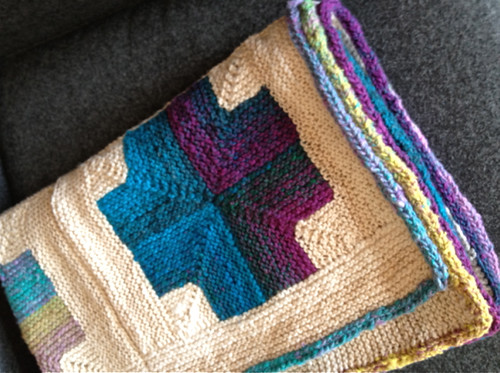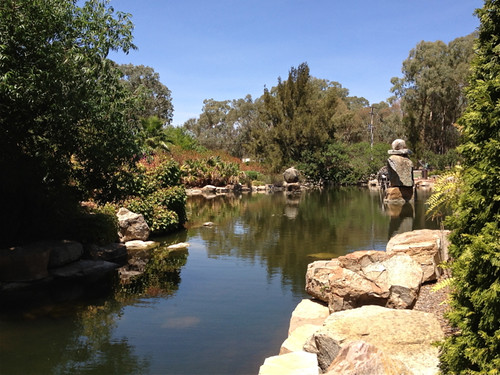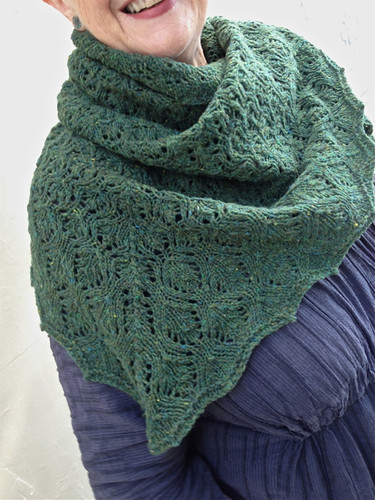
I made my usual visit - this time, visits - to the art museums on the south bank. The Asia-Pacific Art Triennial is showing, but more of that in another post. What I most wanted to see was the exhibition of late works (1953 to 1974) by Ian Fairweather. I've written before of my visits to the Fairweather paintings in the Queensland Art Gallery whenever I visit, so this retrospective of paintings drawn from other Australian galleries and private collections was a great treat for me. A large roomful of beautiful works to contemplate. Born in the 1890s, Fairweather grew up in England in the early twentieth century and led an individualistic and peripatetic life, serving in the army in both world wars and travelling, living and painting in China, Bali, India and the Philippines. He settled on the then sparsely inhabited Bribie Island in Queensland in the early 1950s and spent the last 20 years of his life working most productively. He lived very simply in Polynesian-style thatched huts with none of the conveniences of modern life - to the great disapproval of the local authorities and some of the neighbours. But he was also a scholar who spoke and read Mandarin well enough to translate Chinese poetry and who read widely and frequently corresponded with and was visited by friends and other artists.

I've been trying to work out why I like Fairweather's paintings so much. Some of them, such as the 'Farm Yard' (1965) painting above, are broadly representational. It reminds me of small-scale Chinese farms, divided into neat squares and compartments. I like the way it's sectioned almost into a grid, but also has echoes of Chinese calligraphy.
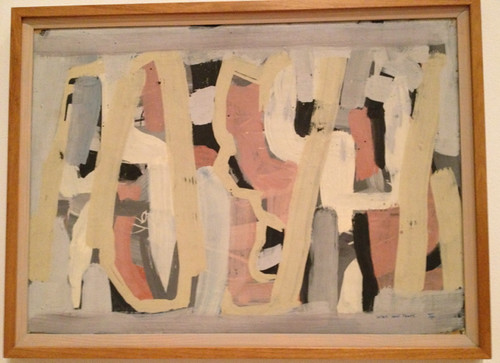
Others of Fairweather's paintings are completely abstract - even though the title of the painting above, 'War and Peace' (1959), suggests it had some meaning for the artist. I love the dusty colours and the way some of the semi-transparent strokes overlay and intersect with others. It's not-quite-geometric, and I'm always delighted when an artist plays with and subverts notions of neatness and regularity. These characteristics are especially present in 'Painting III' (1960) below - probably my favourite in the exhibition:
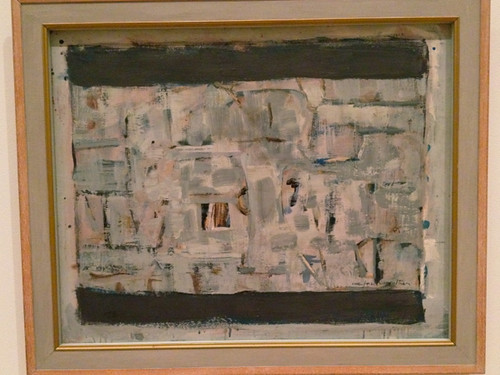
It's reminiscent of weaving, with shadowed horizontal and vertical lines intersecting like warp and weft. It has an almost regularity. And I particularly like the top and bottom framing with heavy grey bands - busyness confined within firm calmness.
Much to contemplate.

